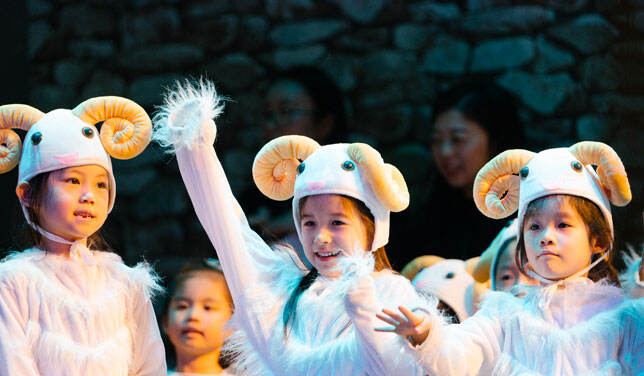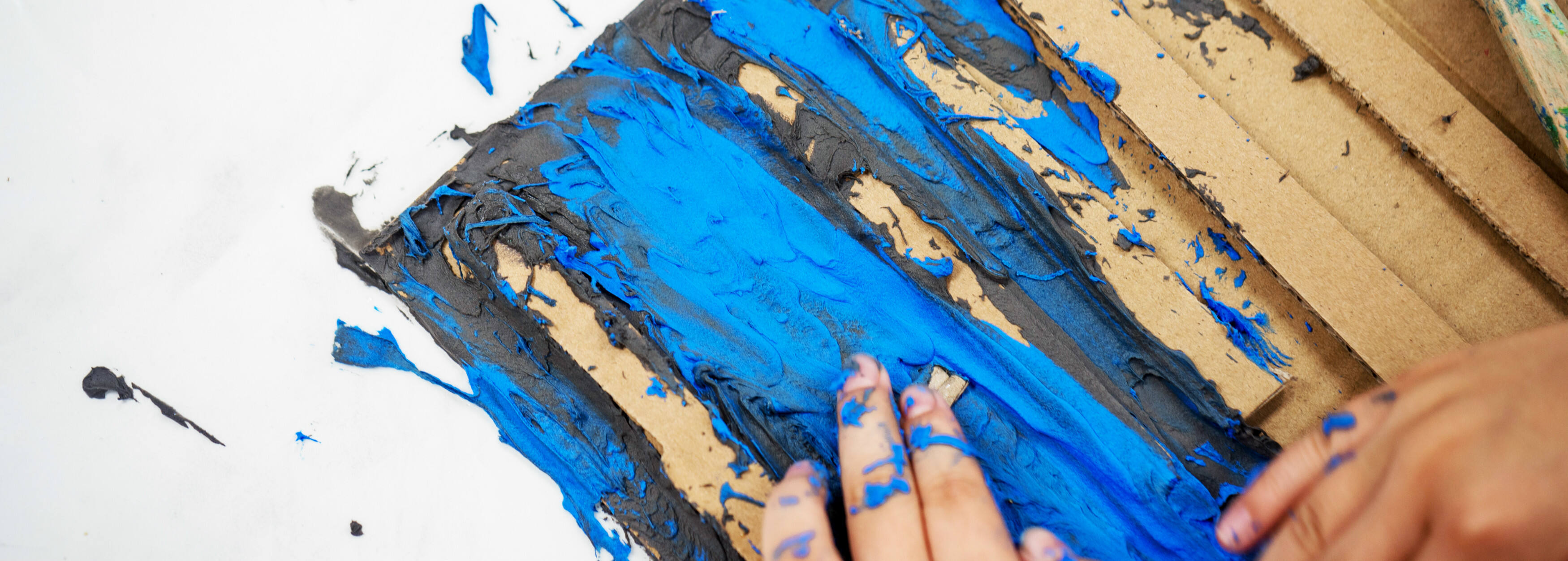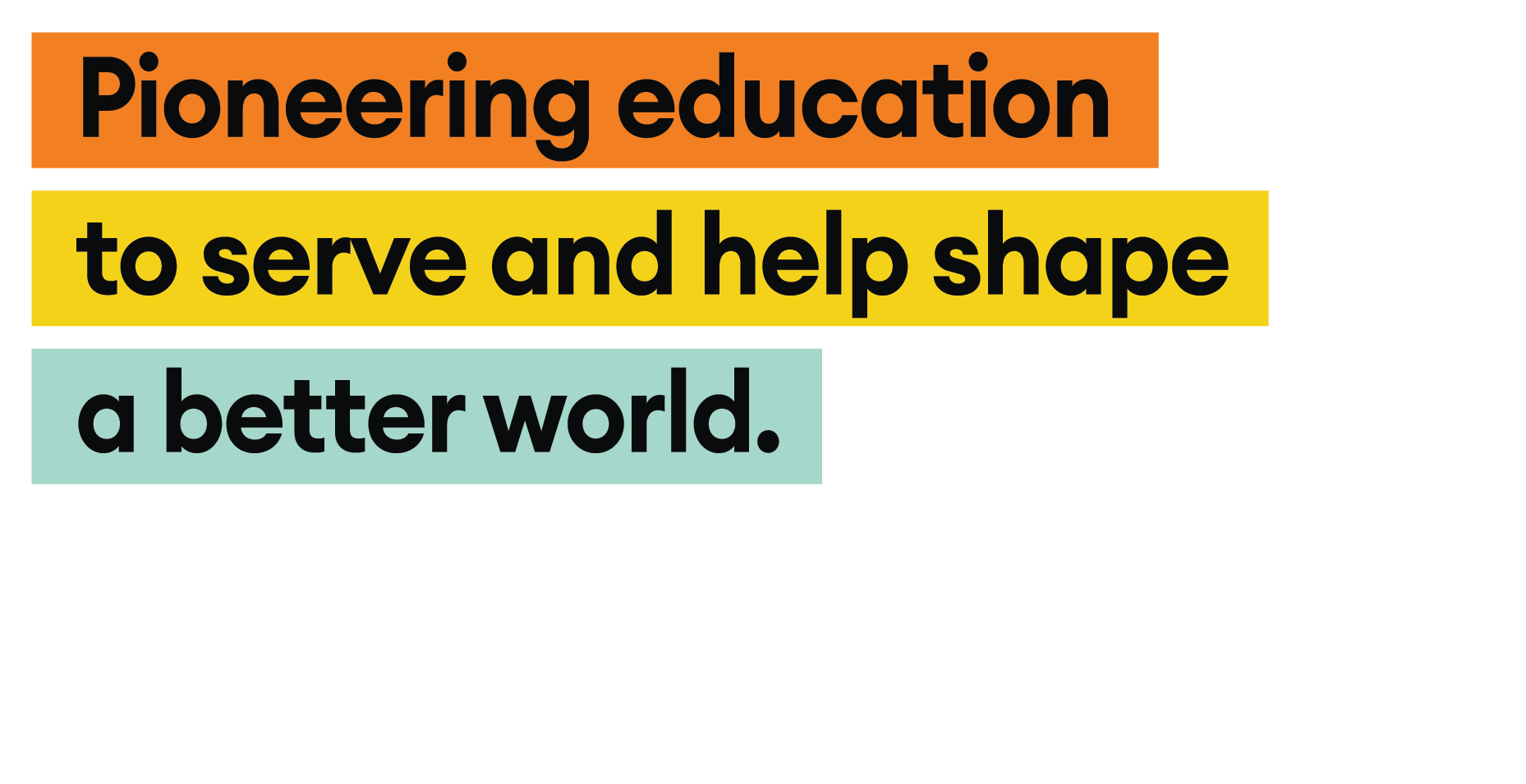Prep School STEAM Cardboard Challenge
For the past two years, the Prep School science fair has been one of my personal school calendar highlights, a wonderful time of innovation and scientific discovery for the pupils. While it was not possible to put on the fair this year, we wanted to ensure that Lower Prep pupils still had the chance to bond over a science-themed event that encouraged a similar level of creativity, curiosity and the desire to figure out how things function. This is what led to the creation of the first STEAM Cardboard Challenge at Wellington. The concept, while simple to explain, would require a lot of careful thought, diligent planning and perseverance to pull off, as pupils needed to make their own cardboard creation that fulfilled a very specific set of scientific criteria.
The rules of the challenge

Each child from years 4 and 5 was tasked with making their own original creation out of materials found around the house. While cardboard was the most often used material, there were also plenty of entries that made excellent use of various recycled plastics, paper and other common household items. The crucial rule was that pupils weren’t allowed to buy anything new; their project had to be created from things that they could already access. Pupils were also encouraged to come up with their design collaboratively with their parents and family members, as the idea was to also have some hands-on, family time as an antidote to too much screen time.
More specifically, every project needed to meet the following three criteria:
1.Innovation of design The main purpose of this challenge was for the children to get creative and think outside of the box. While there were broad categories used as suggestions for what to make – from toys to vehicles to functioning tools and devices – the task was deliberately open-ended, as we wanted pupils to really let their imagination run wild and think innovatively about what would be an exciting and original idea for their project.
2.Quality of materials Pupils had to think carefully about what materials would best suit their intended design. Which material would be strong enough to bear certain loads? What would be suitably flexible to create the right shape for more intricate pieces? What material would best complement the style they were going for, while making sure it would still function as intended?
3.Tangible function Lastly, the project had to have some sort of functional element. This could be as seemingly simple as being a chair that they could actually sit on, or as complex as a working water filters (both of which are real examples of completed projects). Whatever the chosen function was, it had to be noticeable and successful when tested.
Pupils get into it
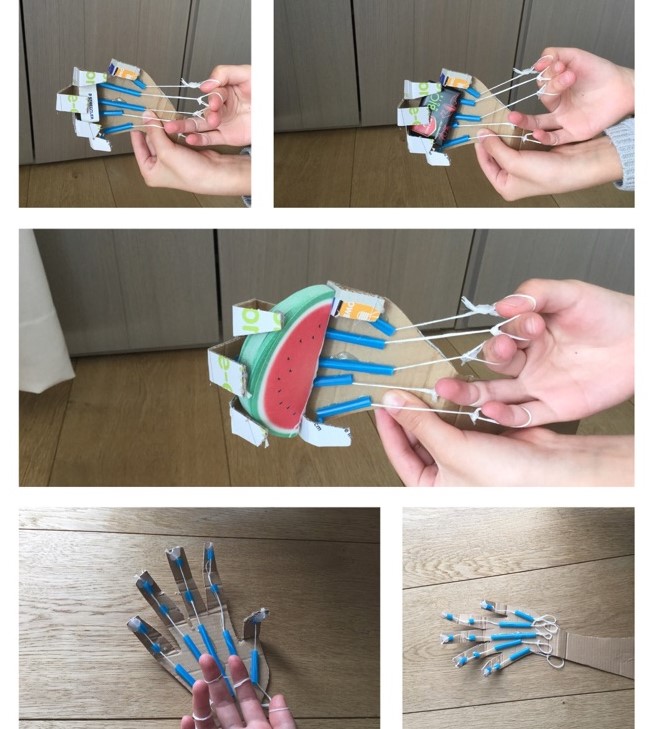
From these set rules with numerous possibilities, I’m thrilled to say that our pupils really outdid themselves in terms of thinking creatively and working to pull off a series of excellent pieces. As you can see from the slideshows – which are just a handful of the many taken – we had an astonishing range of working projects that show just how talented their creators are. 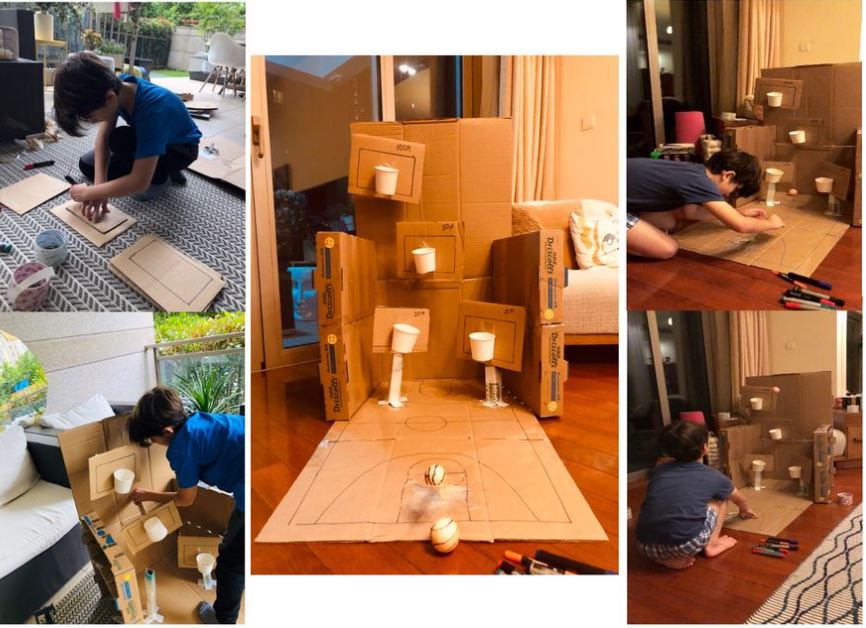 We saw working pinball machines, arcade cabinets, marble trails, foosball tables, an ATM, cars, aircraft carriers, fire trucks, cat and dog houses – every project offered a unique design and function that made them easy to get excited about, and very difficult to rank when it came to the judging part of the competition.
We saw working pinball machines, arcade cabinets, marble trails, foosball tables, an ATM, cars, aircraft carriers, fire trucks, cat and dog houses – every project offered a unique design and function that made them easy to get excited about, and very difficult to rank when it came to the judging part of the competition.
Time to vote
 Instead of a regular judge panel, the winners of this challenge were decided by both the pupils and the staff members involved, as everybody was given the chance to vote for their choice of 1st, 2nd and 3rd place in each of the eight project categories. This was almost as important as the creative side of the challenge, as the goal was to give the pupils more experience of thinking logically and critically about the nature of design. They were encouraged to consider not just the aesthetic side of each project, but to think carefully about whether or not it fit the three criteria of the challenge itself. This way, pupils were thinking like engineers and scientists, as they considered the importance of design, function, composition and execution of their classmates’ projects, as well as their own.
Instead of a regular judge panel, the winners of this challenge were decided by both the pupils and the staff members involved, as everybody was given the chance to vote for their choice of 1st, 2nd and 3rd place in each of the eight project categories. This was almost as important as the creative side of the challenge, as the goal was to give the pupils more experience of thinking logically and critically about the nature of design. They were encouraged to consider not just the aesthetic side of each project, but to think carefully about whether or not it fit the three criteria of the challenge itself. This way, pupils were thinking like engineers and scientists, as they considered the importance of design, function, composition and execution of their classmates’ projects, as well as their own.  After the votes were in and the numbers were crunched, we had well-deserving winners and placements from 1st to 5th in each category, who were all allowed to choose one item from a collection of family board games as their prize. The reason we offered board games as prizes is that it serves as a suitable reminder of the importance of bringing together innovation and careful thought whenever you try to make something new. In all their projects, pupils discovered that creating anything with a scientific mindset needs to be a well-conceived process, often with some experimentation and refinement needed along the way.
After the votes were in and the numbers were crunched, we had well-deserving winners and placements from 1st to 5th in each category, who were all allowed to choose one item from a collection of family board games as their prize. The reason we offered board games as prizes is that it serves as a suitable reminder of the importance of bringing together innovation and careful thought whenever you try to make something new. In all their projects, pupils discovered that creating anything with a scientific mindset needs to be a well-conceived process, often with some experimentation and refinement needed along the way.
Category winners
Arcade Games
1st place Kuei Chen (Lucy) – Pinball
2nd place Daniel Oliva Gil – Game
3rd place Jason Yip – Pinball
Furniture
1st place Andy Yoshizawa – Table
2nd place Sandy Liao – Chair
3rd place Jane Symington – iPad TV
Homeware
1st place Lara Alves Ramos – Water Filter
2nd place Fiona Mehta – Hair Tie Organiser
3rd place Nina Vega Naranjo – Party in a Box
Houses
1st place Carlos Garat Solsona – Maca’s Dog House
2nd place Chloe Lam – Colourful House
3rd place Beatrice Naumann – Cat House
Table Top Games
1st place Emma Li – Animal’s Artistic
2nd place Martina Carriquiry Gomez– Football Table
3rd place Zoe Ferreira – Utopia and Hell Board Game
4th place Marcus Leung – Adventure Time Board Game
Mechanical Toys
1st place Ettore Colombo – Bionic Hand
2nd place Angela Tan – Mini ATM
3rd place Vicky Rao – Candy Machine
4th place Stephanie Van Den Broeke – Bionic Hand
Random Toys
1st place Julia Gleason – Solar Powered Bubble Pool
2nd place Lindsey Liu – McDonald’s Play set
3rd place Ella D’Amore – Museum Replica
4th place Declan Chew – Acrobat Robot
5th place Jade Rao – The Hurricane
Toys of Transportation
1st place Charlie Zhang – Fire Truck
2nd place Eason Hong – Aircraft Carrier
3rd place Edo Zanette- Boat
4th place Serena Loh – Roller Coaster
Challenge accepted… and completed!
 I am exceptionally proud of every pupil’s efforts in making this challenge such a success. This experience also shows that even in the middle of very unusual and trying circumstances, it’s still possible to have creative fun with limited materials and some innovative thought. While the Science Fairs of previous years have each been fantastic, this challenge will certainly stay in my mind as a highlight of this academic year. Not only have our pupils tested their analytical and creative thought processes, they have designed, refined and built whole projects that will remind them of their resourcefulness. I hope that they take this spirit with them into future projects, at school and in their own time.
I am exceptionally proud of every pupil’s efforts in making this challenge such a success. This experience also shows that even in the middle of very unusual and trying circumstances, it’s still possible to have creative fun with limited materials and some innovative thought. While the Science Fairs of previous years have each been fantastic, this challenge will certainly stay in my mind as a highlight of this academic year. Not only have our pupils tested their analytical and creative thought processes, they have designed, refined and built whole projects that will remind them of their resourcefulness. I hope that they take this spirit with them into future projects, at school and in their own time.  Finally, this kind of activity highlights the importance of imagination in learning. This goes for every subject and every year group. Recently, a colleague of mine said: “Education without imagination is just the delivery of facts.” I couldn’t agree more.
Finally, this kind of activity highlights the importance of imagination in learning. This goes for every subject and every year group. Recently, a colleague of mine said: “Education without imagination is just the delivery of facts.” I couldn’t agree more.
Related Articles











